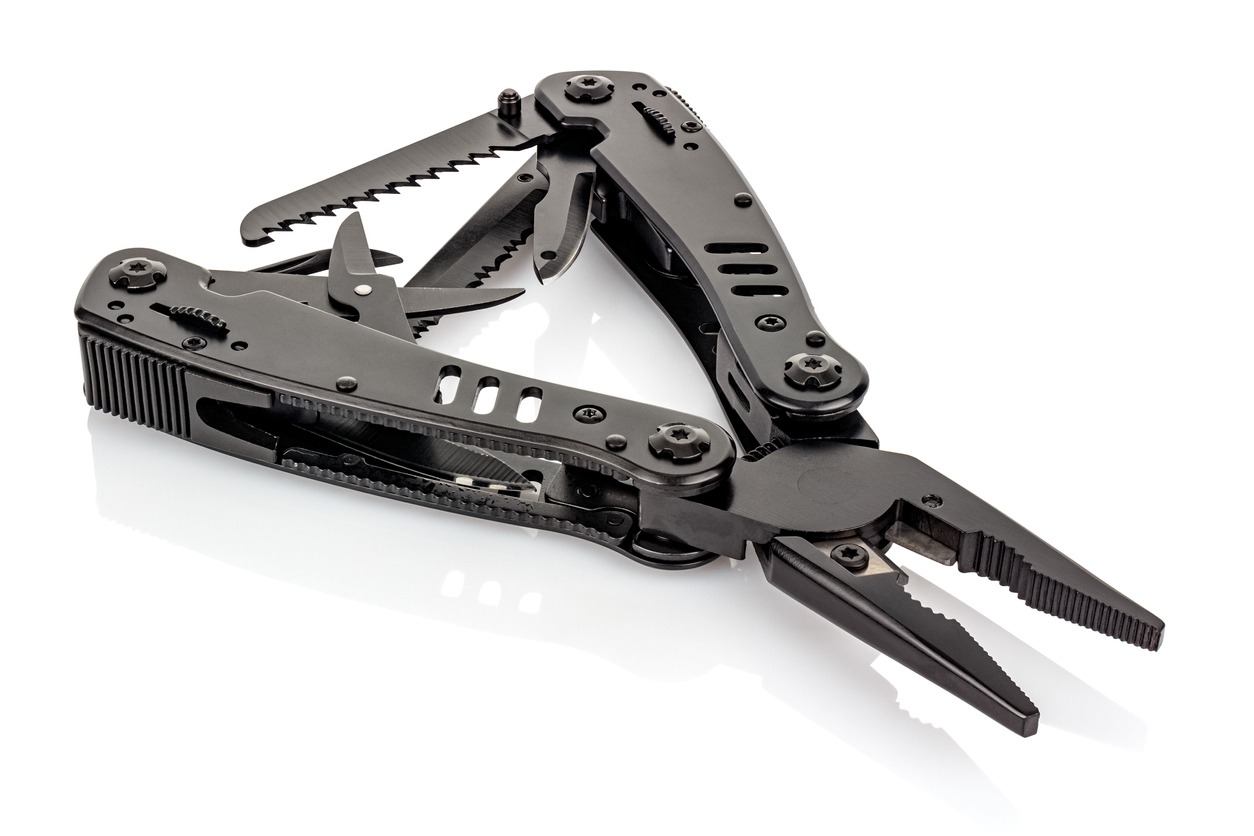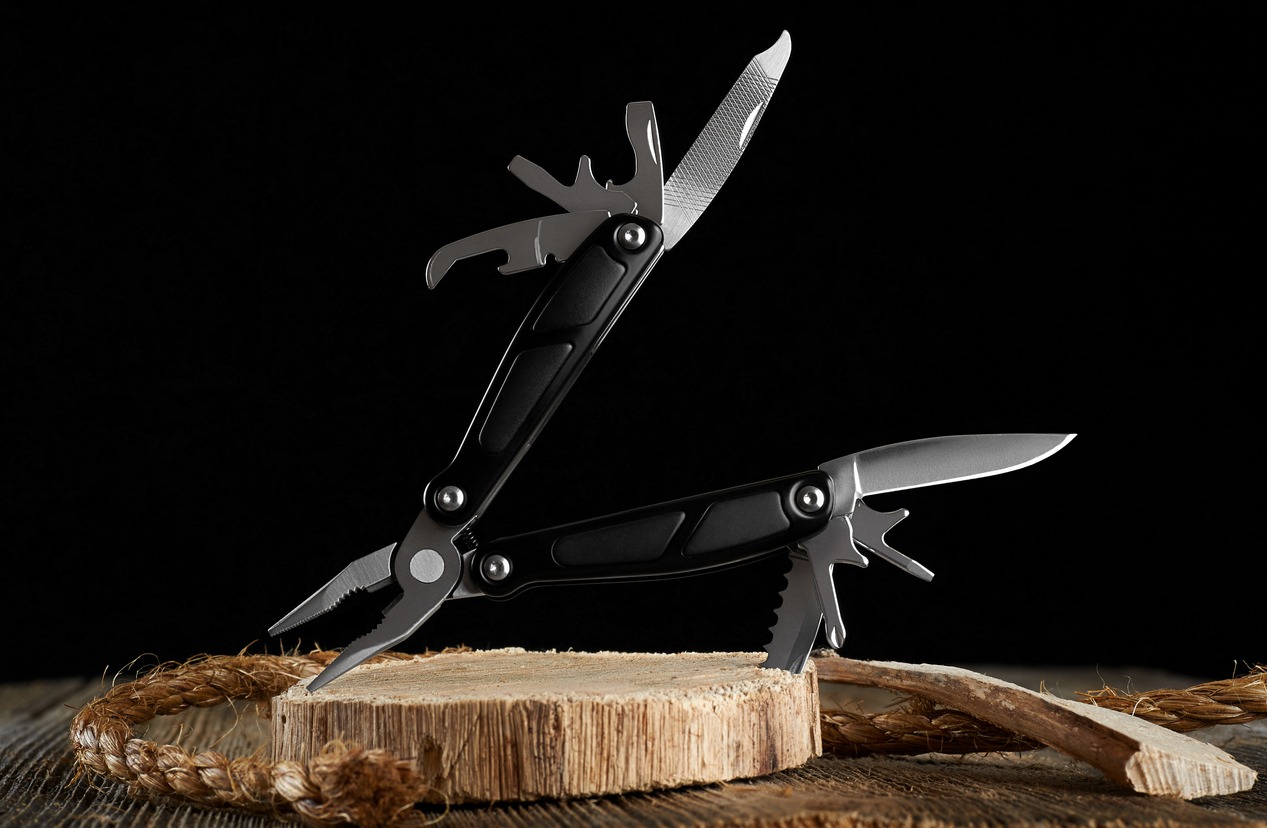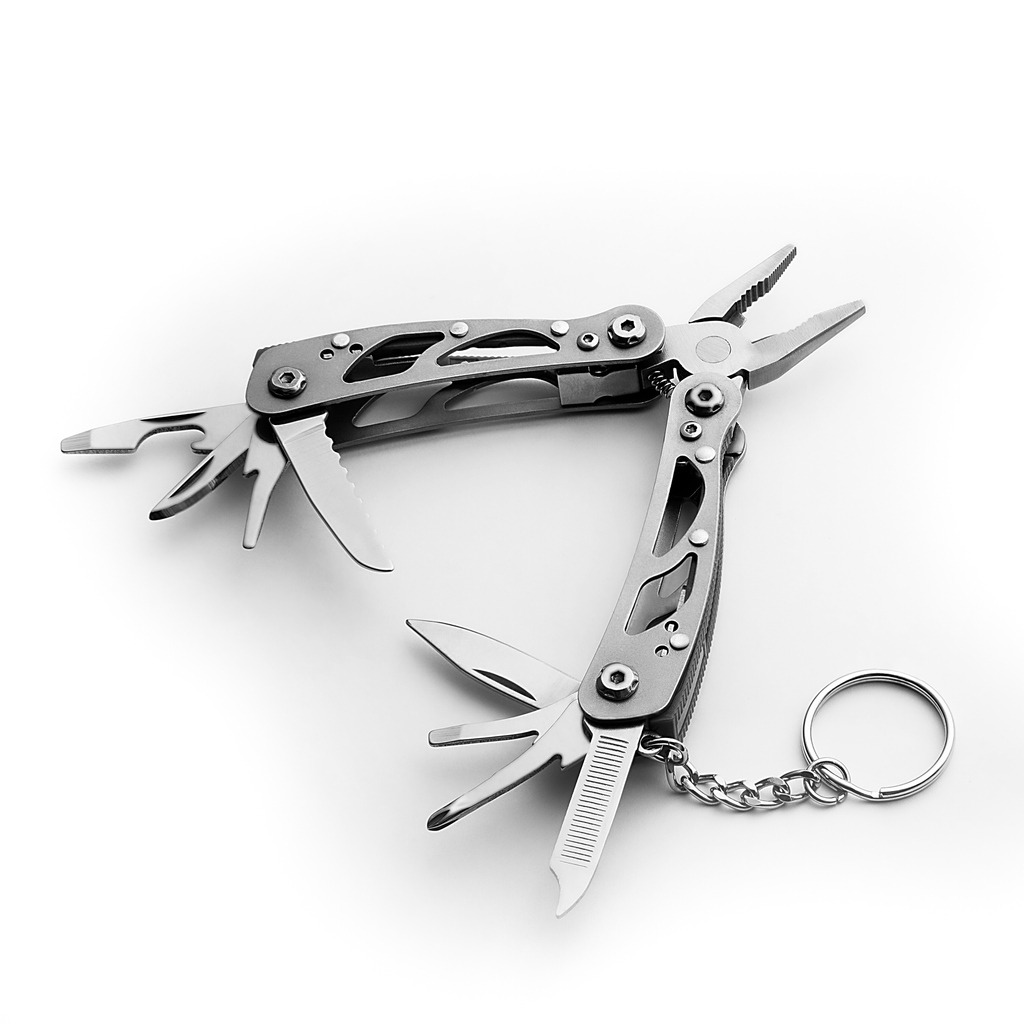Consider purchasing a multi-tool also known as tactical multi-tools if you enjoy the outdoors or want to feel more equipped in an emergency. It’s an improvement over the typical multitool, but depending on the model you choose, it may not be any more practical to carry around all the time. You’ll be happy to hear that it’s portable and doesn’t take up much space when you need it if you intend to bring it with you at all times.
What is a Tactical Multi-tool?
When it comes to tactical multi-tools, the great news is that several products combine multiple functions into a single handy instrument. The Swiss Army knife is perhaps the most well-known illustration of this principle because it combines several tools into a single device and includes, among other things, a blade, a screwdriver, and a bottle opener. Because it contains everything you could require, this is the standard tool that you should always have on hand.
A multitool can also serve as a tactical tool, consisting of nothing more than picks or screwdrivers of varying lengths, widths, and shapes. There are also multitools available, which provide an additional level of functionality by combining pliers of a variety of sizes and shapes into a single device. In addition to their utility in day-to-day life, these tools excel in the field of hunting and camping.
Considerations to Make When Selecting Your Tactical Multi-Tool
1. Know Your Needs
It is important to analyze and plan for what your requirements are. Some multitools have been developed for use with specific types of firearms or other tools, such as those that are intended for use by electricians or sports fishermen. Other multitools have been developed for use with specific types of fishing gear. You don’t need those models if you don’t intend to work for an extended period as an electrician, an angler, or an armorer. You can pass on those models.
2. The Size and Weight
You need to give some thought to the dimensions and the total weight. Tactical multi-tools can be found in a wide variety of configurations and sizes, and they also differ in terms of the number of functions they offer. What is the maximum amount of weight that you are willing to carry, and how much room do you have for it? Even though they may be on the smaller side, selecting the largest model that comes with a built-in sink for the kitchen might not be the most suitable choice for you.
3. Safety and Usability
Another factor to consider is how simple the tool is to operate, as well as its safety features, construction quality, and material. Some models come equipped with internal tool locks that keep features such as knife blades and saws fixed, preventing them from closing on your fingers inadvertently.
Some of them may make use of various grades of steel, aluminum, polymers, and even titanium in their construction. Handling a multitool in person is by far the most effective way to get a sense of how it behaves in your hands. Visit a nearby shop if at all possible and try out a variety of different tools to get a sense of how they handle in your hands. Try out the different kinds of safety mechanisms offered by various manufacturers to get a sense of the one with which you are most at ease. This is another important consideration to keep in mind.
Tactical Multitool Commonly Used Tools
1. Pliers
On the majority of multitools, pliers take up a prominent position. They perform exceptionally well when it comes to grasping, bending, and compressing inconspicuous objects or materials. Different types of pliers have differently shaped noses, such as needle noses and flat noses. The user of needle-nose pliers enjoys the benefit of a more precise gripping area for use with comparatively small objects. A good number of the pliers that can be discovered on multitools also include cutters, wire strippers, and crimpers of varying sizes.
2. Knife
Knives that are included on multitools may have plain edges, serrated edges, or a combination of both types of edges. It is easier to make what are known as push cuts with a knife that has a plain edge, whereas slicing cuts are best accomplished with a knife that has a serrated blade. When you want to make a push cut, you simply push the blade through whatever you’re cutting, similar to how you would peel an apple.
A slicing cut is exactly what it sounds like: a pull toward you that results in a slicing motion, similar to how one would slice a tomato. Plain blades start sharper than serrated blades, but over time, plain blades tend to lose their edge more quickly. It is much easier to cut through tougher materials, such as rope, with blades that have serrations. Because the material that is being cut, and not the type of blade itself, is what determines the best use of a blade, it is best to have both types of blades in your tool, if that is at all possible.
3. Screwdriver
Flathead screwdrivers come in a variety of sizes and can be found on almost every multitool. It goes without saying what their primary function is. Even though flathead drivers can be used on Phillips head screws as well, it is strongly recommended that you make use of a Phillips screwdriver whenever it is possible to do so. Phillips screwdrivers can be found on some multitools in their dedicated slots.
4. Can Opener
If you had a can of food but were unable to open it, it would be the most frustrating thing that could happen. Make sure that the multitool that you choose has one installed before you buy it. The majority of can openers can also be used to open bottles. If you have never used one of these tools to open a can before, we strongly suggest that you do so at least once so that you become familiar with the process.
5. Saw
You won’t realize how important it is to have a saw until you require it, at which point you’ll be disappointed that you don’t have one on hand. There is always some task that requires the use of a saw, whether it be chopping wood for a fire, constructing a shelter, or cutting thick webbing and rope.
Multi-tool with expanded tools and pliers isolated on a white background. Free space for the label or logo, layout, and mockup
Because you never know when things are going to hit the fan, it is important to always have a reliable tactical multi-tool on you at all times. The best versions are portable as well as versatile; they are light enough and small enough to be useful whenever they are needed, and they are functional enough to get you out of a variety of sticky situations.


